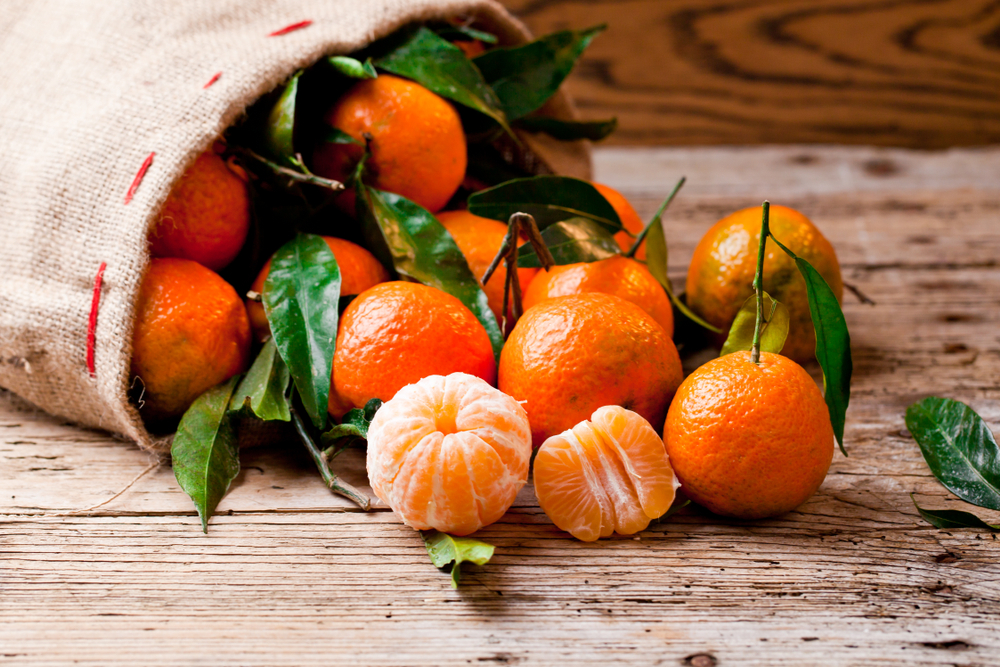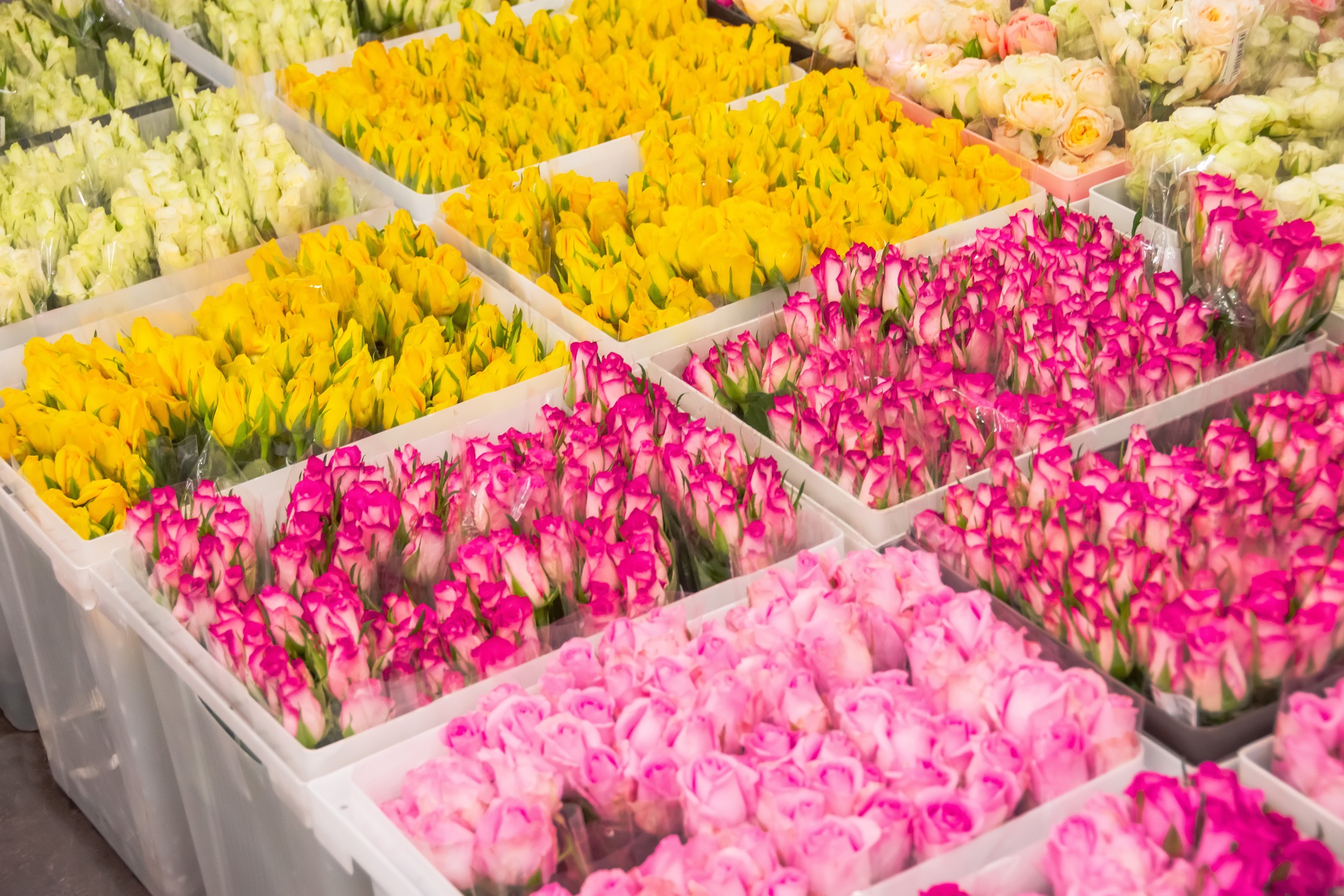How did the scent of mandarins come to be associated with Christmas?

Although mandarins are now readily available in almost all popular discount stores and supermarkets, they used to be a real rarity. They are tasty, healthy and have become a permanent fixture on the Christmas table. They arrived in Europe from Asia at the turn of the 18th and 19th centuries, and the Spanish became interested in their mass cultivation.
How did mandarins end up on Christmas tables? This is largely due to the former political system. At that time, some goods were either unavailable or only came to the country at certain times of the year as luxury items. This was the case with citrus fruits, which were only available at Christmas, and sometimes also at Easter. Oranges and mandarins were not that expensive to buy, but they were considered exotic, high-end goods.
The authorities at the time ordered fruit container ships from friendly countries, such as Cuba, ruled by Fidel Castro. The entire transport was monitored by the government media. Dr Patryk Pleskot from the Institute of National Remembrance recalls the times of the Polish People’s Republic in an interview with Onet.pl: As I recall the news in ‘Dziennik’, perhaps a month earlier, reports began to appear that a ship with a shipment of citrus fruits was sailing from Cuba or other countries.
When a ship carrying fruit arrived at a Polish port, reports of the event were shown on the evening news. Cars then transported oranges, mandarins and other citrus fruits further into Poland.
Of course, there was not enough fruit for everyone, so in order to get some, it was usually necessary to spend time in a long queue, although it was possible to find a bargain long before Christmas.
Mandarin transport
Preparing mandarins for sea or road transport is not the most complicated process. However, it is extremely important if we want to buy healthy and tasty fruit in the supermarket, rather than a spoiled orange ball. Unlike bananas, for example, which ripen during transport, this process does not occur with citrus fruits. Therefore, only ripe fruit is picked on plantations.
Before shipping, mandarins are coated with a special wax or wrapped in foil with fungicides to prevent spoilage. Picked fruit is susceptible to mechanical damage, which can cause mould to grow in the crates. One infected fruit spoils the rest.
Mandarin statistics
Approximately 35 million tonnes of mandarins are produced worldwide each year. China accounts for 56 per cent of this production, with Turkey, Morocco and Egypt each accounting for 4 per cent. The leading producers in the European Union are Spain, Portugal and Greece, mainly countries with a Mediterranean climate where mandarins can grow all year round. The situation is very similar on the orange market, where slightly more oranges are produced, around 55 million tonnes per year.
Let us now turn to Poland, where, despite unfavorable growing conditions, citrus fruits are quite popular. According to data from the Central Statistical Office, fresh fruit consumption in 2017 amounted to 54 kilograms per person, of which as much as 20 percent was citrus fruit. All this is the result of the dynamic development of international trade and the globalization of markets. The average Kowalski can now enjoy mandarins or bananas almost all year round. That is why typical Polish fruits such as apples, pears, or plums are fading into the background.
Clementines, created by crossing mandarins and oranges, account for 10 percent of all citrus imports to Poland. Clementines are a variety of mandarin characterized by a flatter shape, darker skin color, and sweeter taste. Fifty-five thousand tons of them are imported to Poland annually.
Mandarin curiosities
- Although we mainly associate mandarins with southern countries (Spain, Italy or Greece), they actually originate from Asia. They arrived in Europe at the turn of the 18th and 19th centuries via England. It was not until several years later that the Spanish became interested in their mass cultivation.
- As with other fruits, mandarins also come in different varieties. Among the most popular are: clementines (a cross between a mandarin and a bitter orange), satsumas (mandarins with thin skin, seedless), tangelos (a cross between a mandarin and a grapefruit) and tangerines (a cross between a mandarin and a sweet orange). Interestingly, mandarins/tangerines were first mentioned in the Polish Gardener magazine as early as 1904.
- In the United States, mandarins are commonly referred to as tangerines. The name derives from the city of Tangier, a large port located in Morocco on the Mediterranean Sea, from where the fruit was shipped to North America. The tangerine variety is characterised by its dark, reddish-orange skin and slightly sweeter taste.
- Nowadays, mandarins are practically non-existent in the wild.
- Citrus fruits are a popular repellent for four-legged animals. Cats dislike their smell very much, especially mandarins and lemons. The scent of citrus fruits is very intense and can be smelled from a long distance. Therefore, if you want to protect your Christmas tree or other decorations from your pets, it is worth hanging a few slices of dried mandarins or fresh peel.
A few days before Christmas, alongside the smell of gingerbread and dried mushrooms, our homes are filled with the scent of citrus fruits, lying somewhere on the table between nuts and sweets. And although more than 30 years have passed since the end of the Polish People’s Republic, mandarins are still closely associated with this time of year. Traditions can be seen not only in the actions of our loved ones, but also in the marketing ploys of discount stores offering mandarins at attractive prices.




